Heritage
The history of an iconic brand
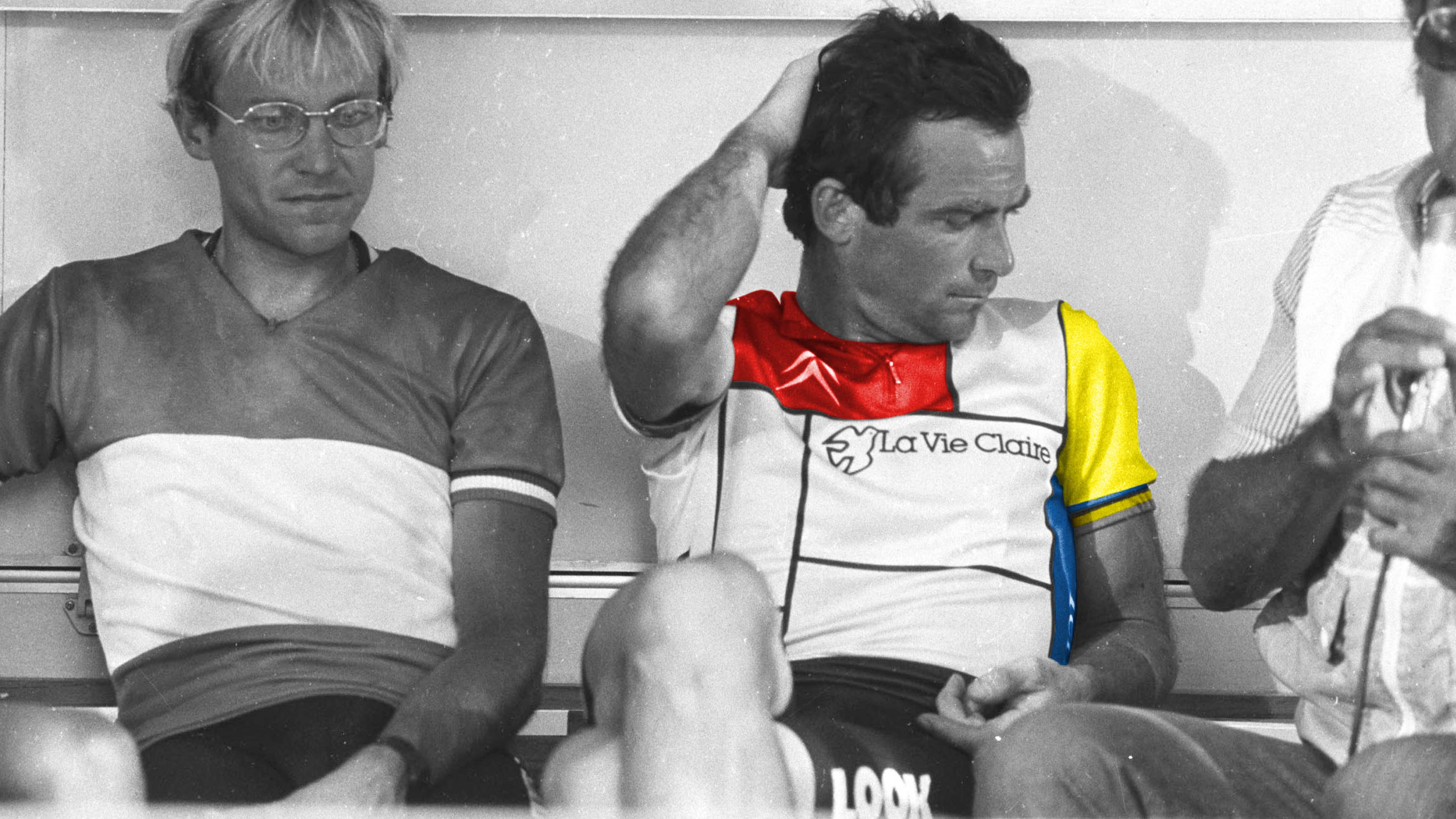
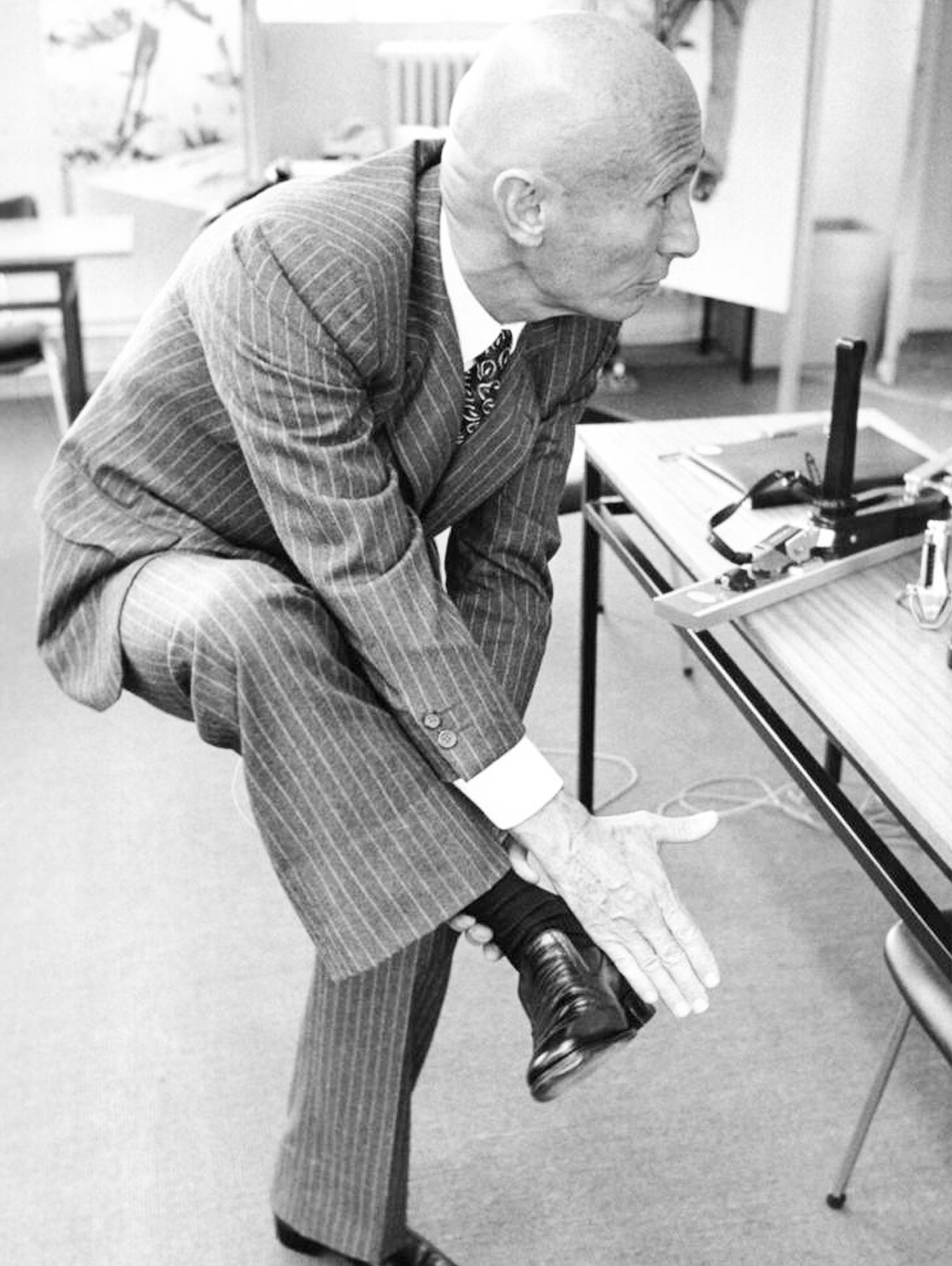
1951-1963
Jean BEYL in 1960
Founded in 1951 in Nevers (France), the company makes ball bladders as well as frames and components for high end racing bikes. Jean BEYL, then founder of the brand and passionate skier, will forever change the course of LOOK’s history. Whenever the opportunity arises, he leaves Nevers to hurtle down mountain slopes.
The man is not afraid of a challenge. That year, he crashes in the snow and as a result breaks his leg. From his hospital bed, he is sure of one thing: his shoes are at fault as they were fixed to his skis with laces. Jean BEYL decides to invent a plated ski binding: the ‘anti-fracture’.
This invention will change the sporting world and particularly that of road cycling. In 1963, the company develops its first pivot binding named the ‘N17’ offering an unequalled level of protection and performance.
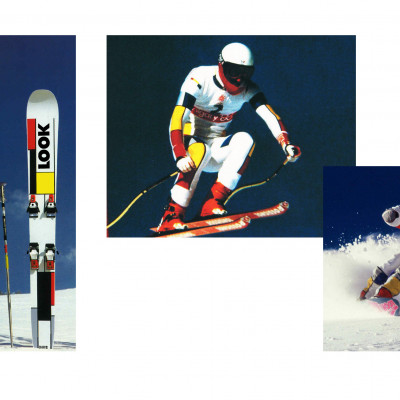
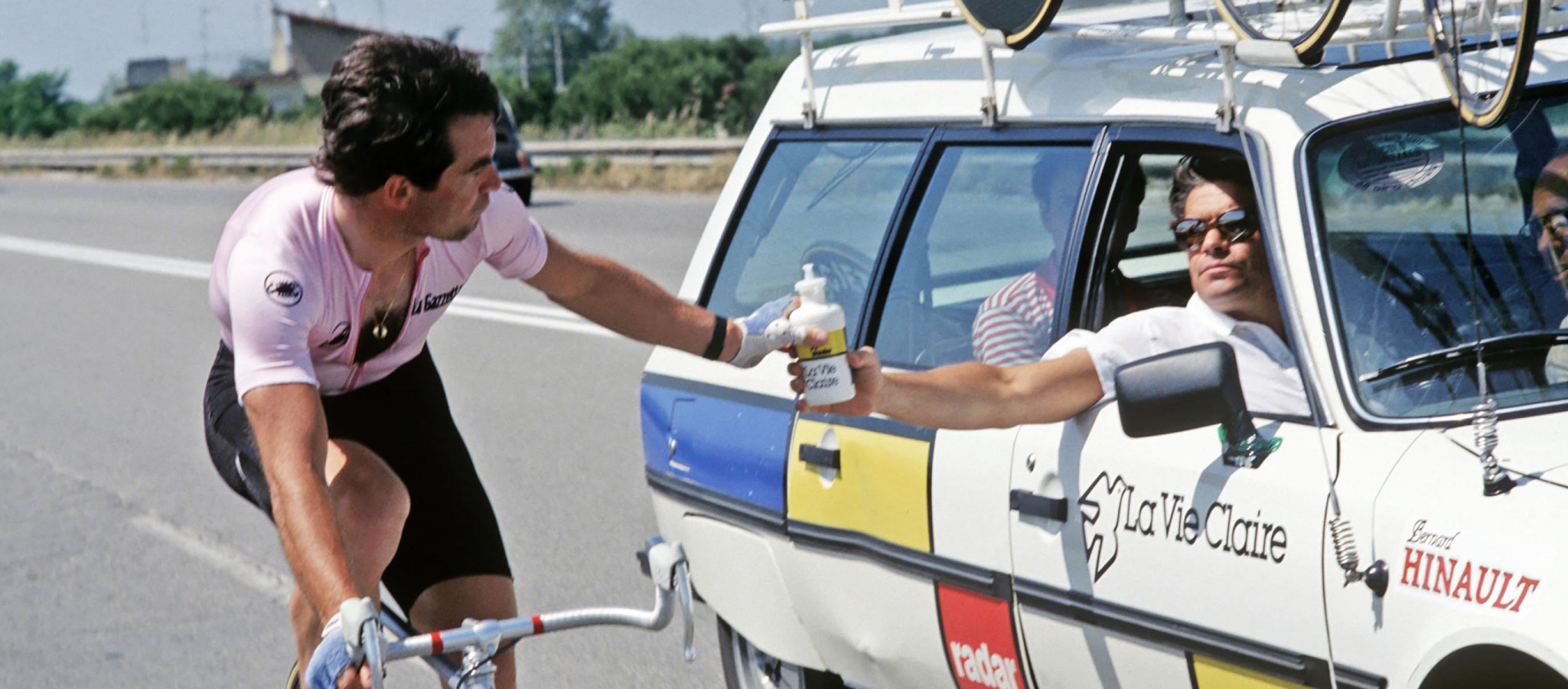
1983
The company is sold to the Bernard TAPIE Sport group. The business man wants to breathe new life into the brand and recruits world cycling idol, Frenchman Bernard HINAULT. Bernard TAPIE invests massively and uses his companies as sponsors to finance his project.
La Vie Claire (an organic food retailer) will give its name to the team. Terraillon, Wonder and LOOK also appear on the jerseys. His communication team draws inspiration from the works of painter Piet Mondrian to create the new visual identity of the group and the LOOK brand.
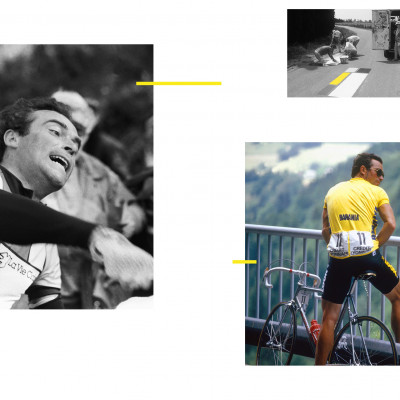
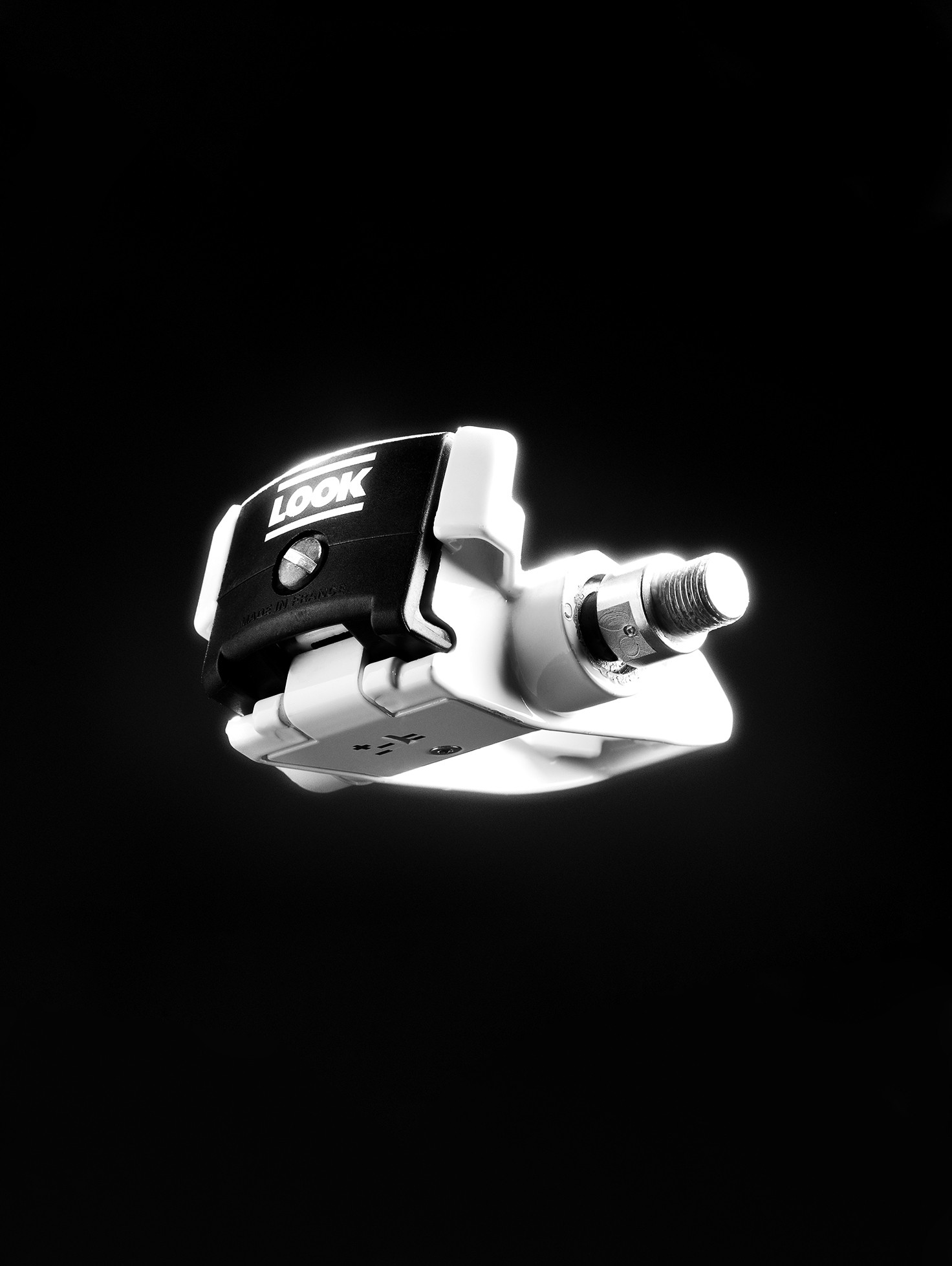
1984-1985
1984 marks a turning point for the cycling world. LOOK’s directors decide to adapt its ski binding concept to cycling. The company thus develops the PP65, the first automatic pedal, designed to bring security whilst offering the cyclist a yet unequalled level of performance.
The next year at the Tour de France, while the cyclists have their feet fixed to the pedals by straps, Bernard HINAULT tests out this revolution. At the end of stage fourteen near Saint-Etienne, he falls heavily during the final sprint. After crossing the line, his face bloodied and his nose fractured, he speaks to the press: “I still have both my legs, both my arms and I think that is the most important fact.” “Without the PP65, the fall would have been a lot worse and I probably wouldn’t have been able to start the next day. It’s the most important technological evolution of the last 30 years.”
That year, HINAULT won the Tour.
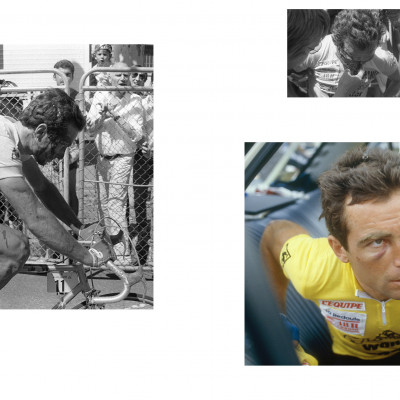
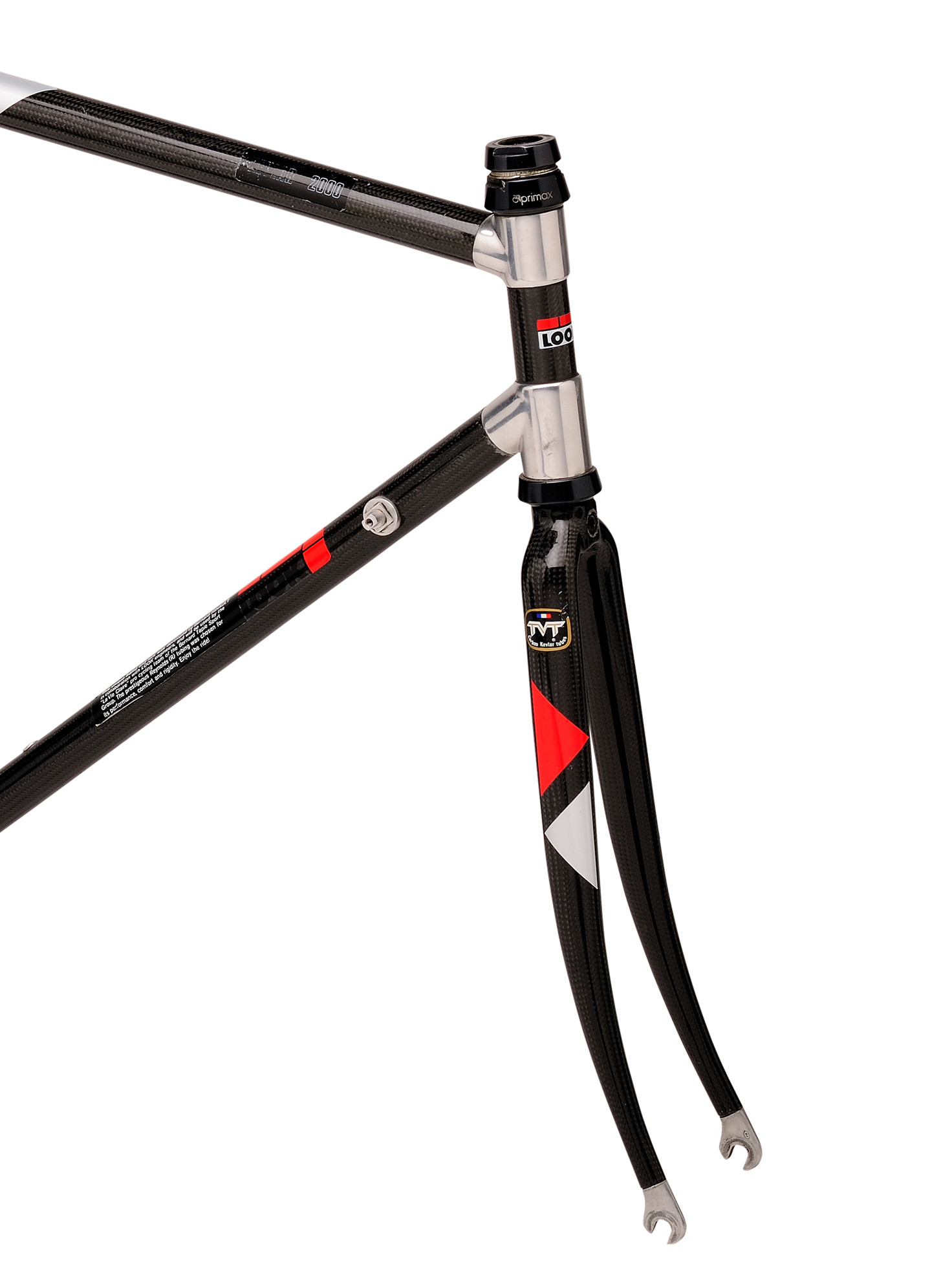
1986
When even the slightest gram can be crucial, everything is in the detail. In order to respond to the new requirements of the management, a group of engineers work in great secrecy with a yet little-known material. After months of research and development, KG 86, the first carbon frame is revealed.
Entirely built by hand, Kevlar was associated to carbon to bring more stiffness and improve the handling of the bike. Bernard HINAULT and Greg LEMOND are the first to test this incredible innovation on the Tour de France 1986. After a fierce battle, the American wins his first Tour and the KG 86 becomes legendary.
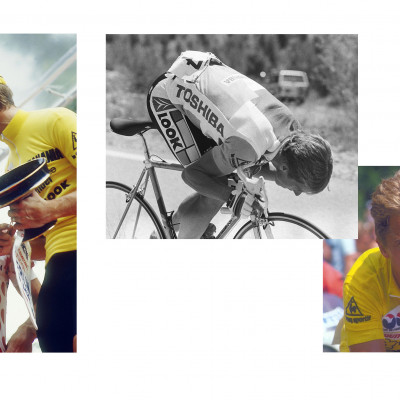
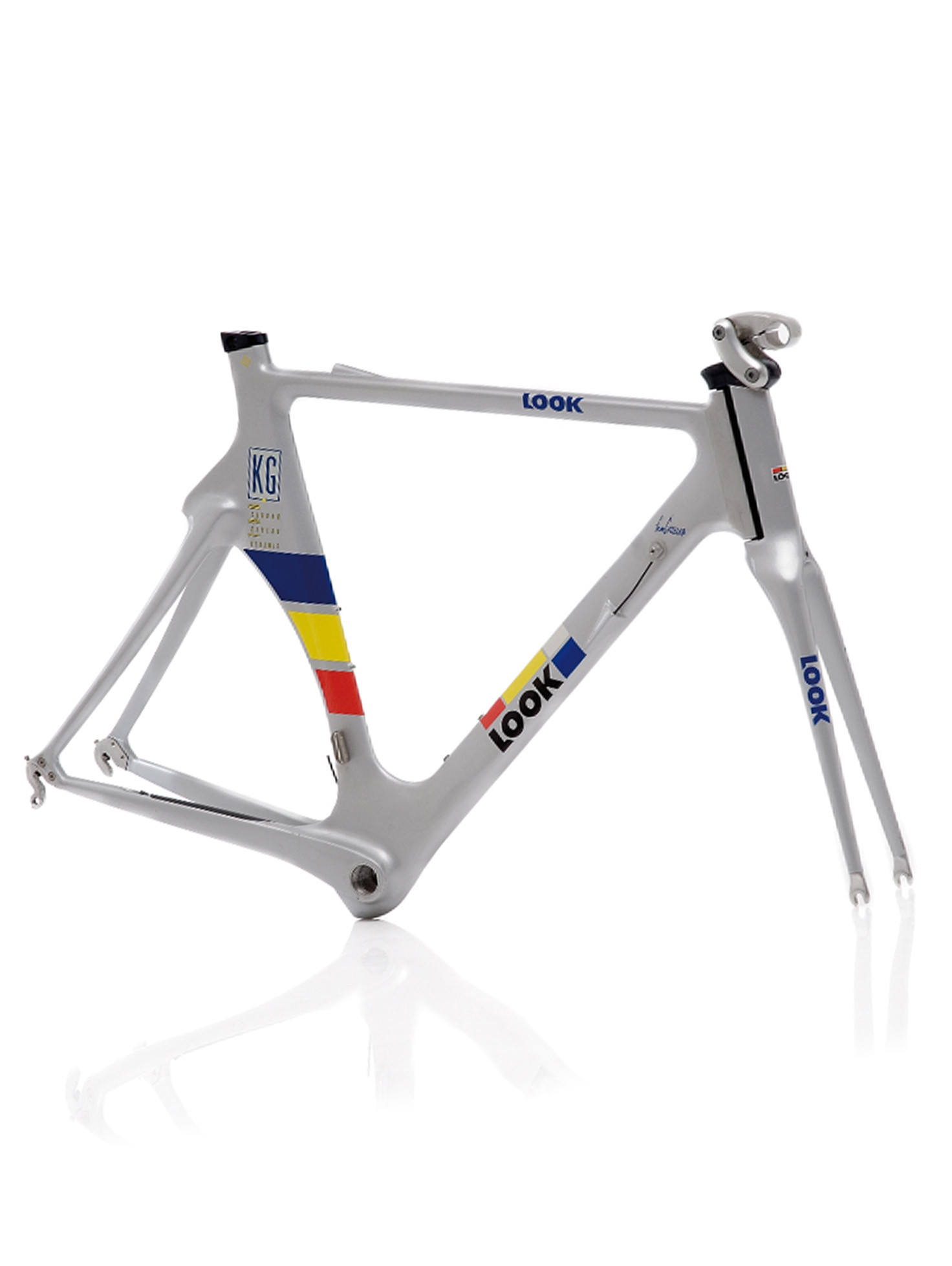
1990
LOOK joins the innovation race and develops the KG 196, its first monobloc carbon frame which satisfies the requirements of stiffness, aerodynamism and aesthetics.
The invention of the first onboard computer, the MAX one, allows the measurement of the power generated and energy expended by the cyclist for the first time, as well as other functions such as ride duration, instant speed, averages and maximums, daily distance, etc…
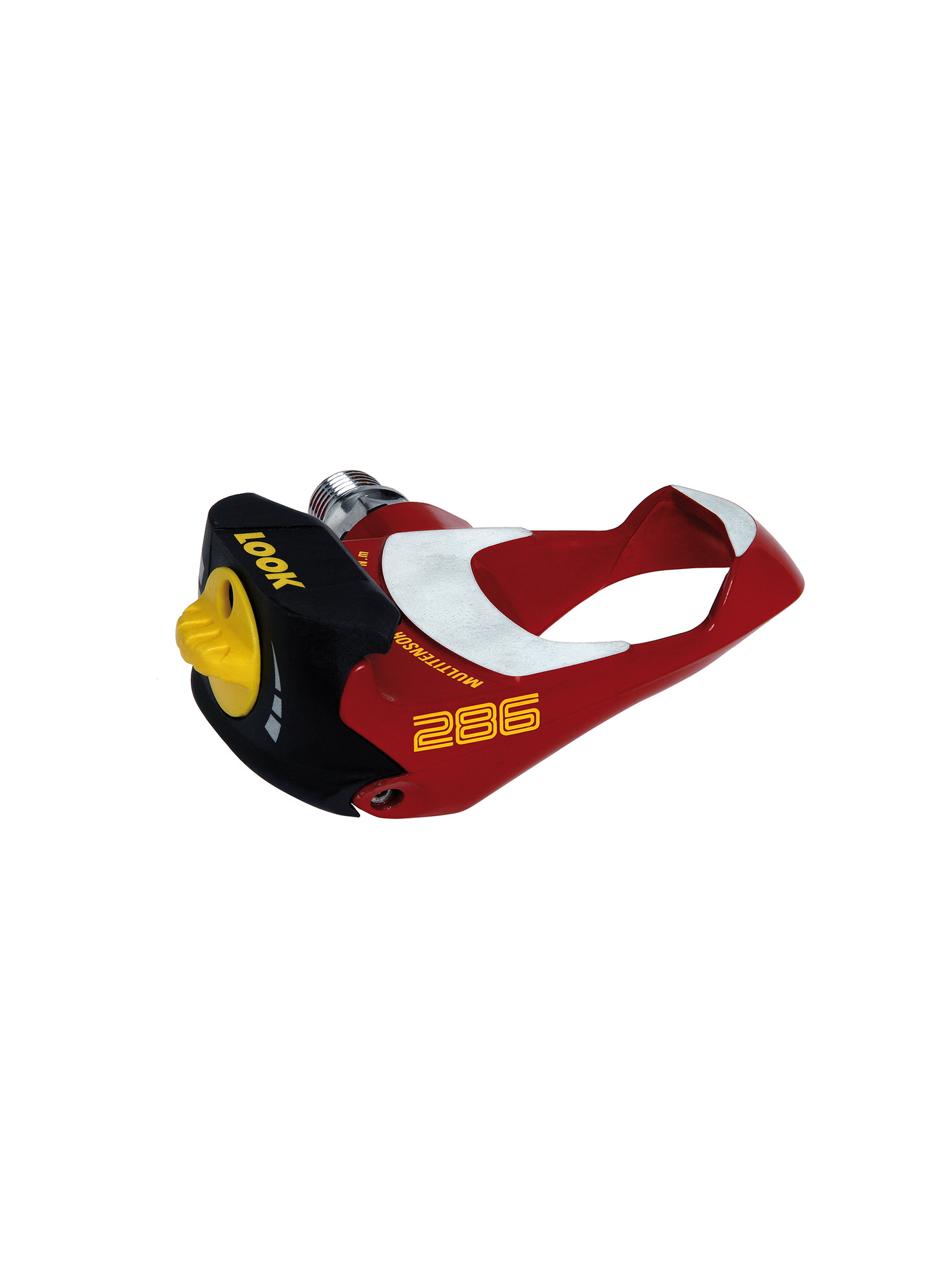
1993
LOOK invents the DYNAMIC POSITIONER and the FREE ARC on the new pedals PP286 and PP76. The pedals become adjustable, offering greater comfort to the cyclists.
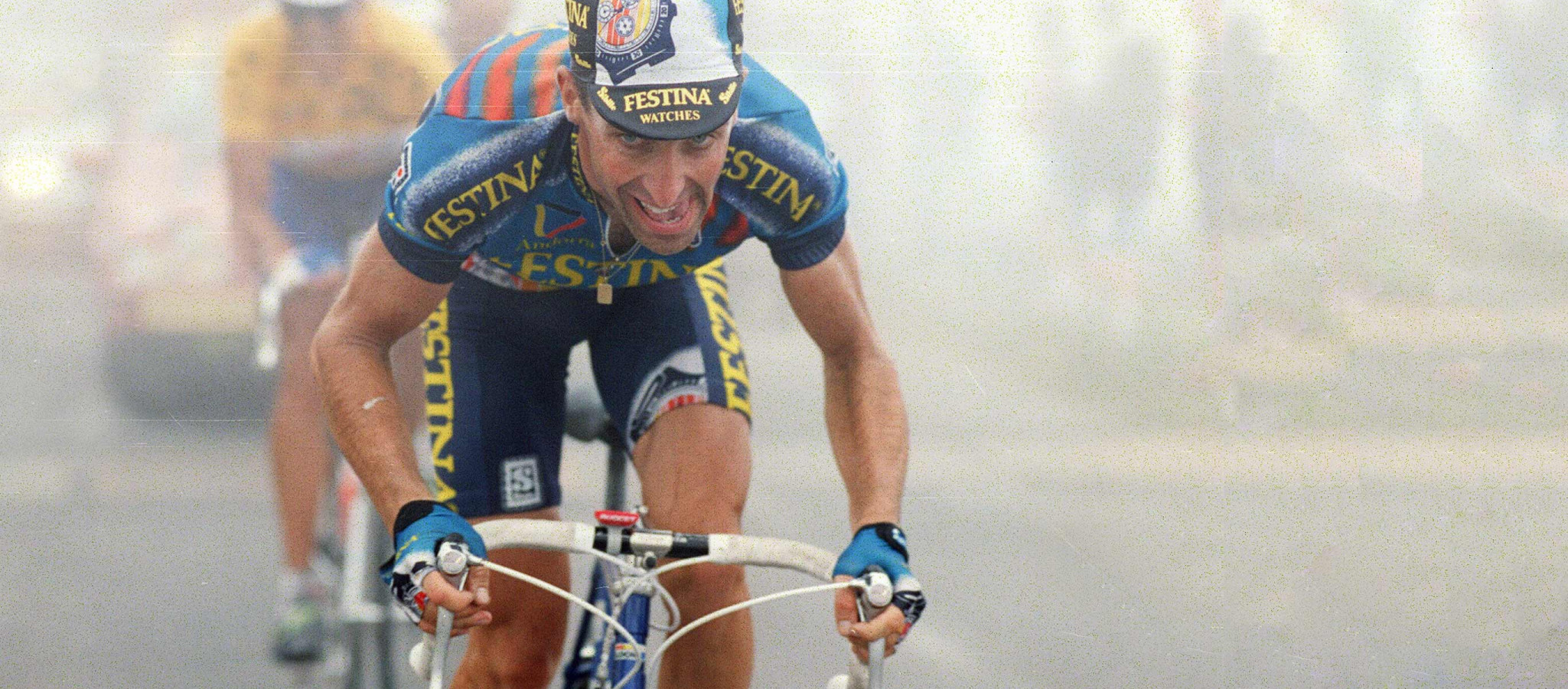
1994
A new carbon frame in a tubular structure with a new ERGOSTEM stem and a new ERGOPOST saddle post: KG 171. It contributes to numerous victories:
- Luc LEBLANC, World Champion 1994
-
Laurent JALABERT: Flèche Wallone 1995 // Milan-San Remo 1995 // Green jersey the Vuelta 1995 // Yellow jersey the Vuelta 1995 // Green jersey TDF 1995 // Tour of Catalonia 1995 // Paris-Nice 1995,1996 & 1997.
It is named Bike of the Year in 1998.
The same year, LOOK sells its ski binding activities to the Groupe Rossignol and becomes LOOK Cycle.
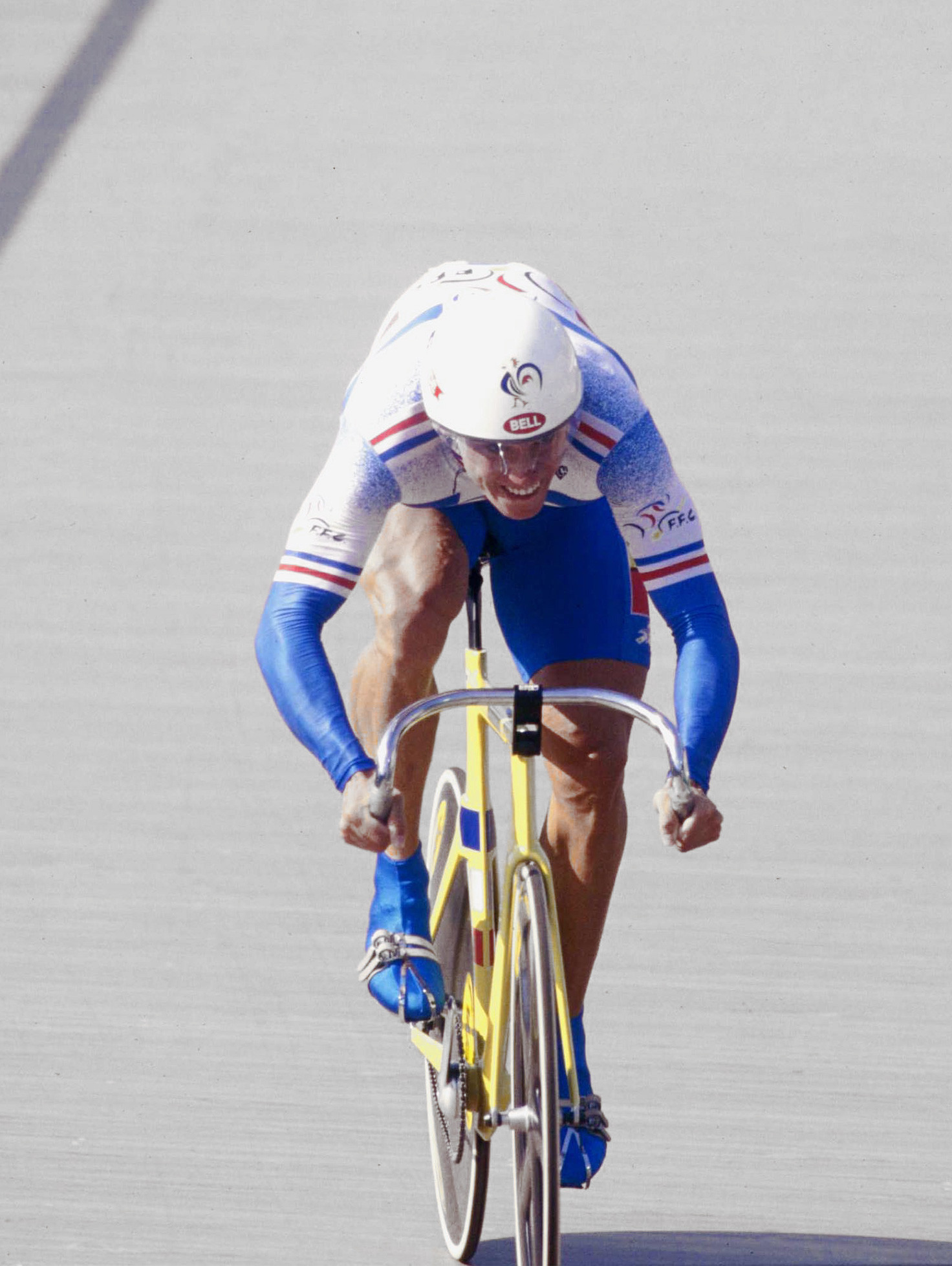
1996
The KG296 PKV carbon track frames meet great success at the Olympic Games in Atlanta, bringing home 6 medals (4 gold medals and 2 silver medals):
- Florian ROUSSEAU
- Philippe ERMENAULT
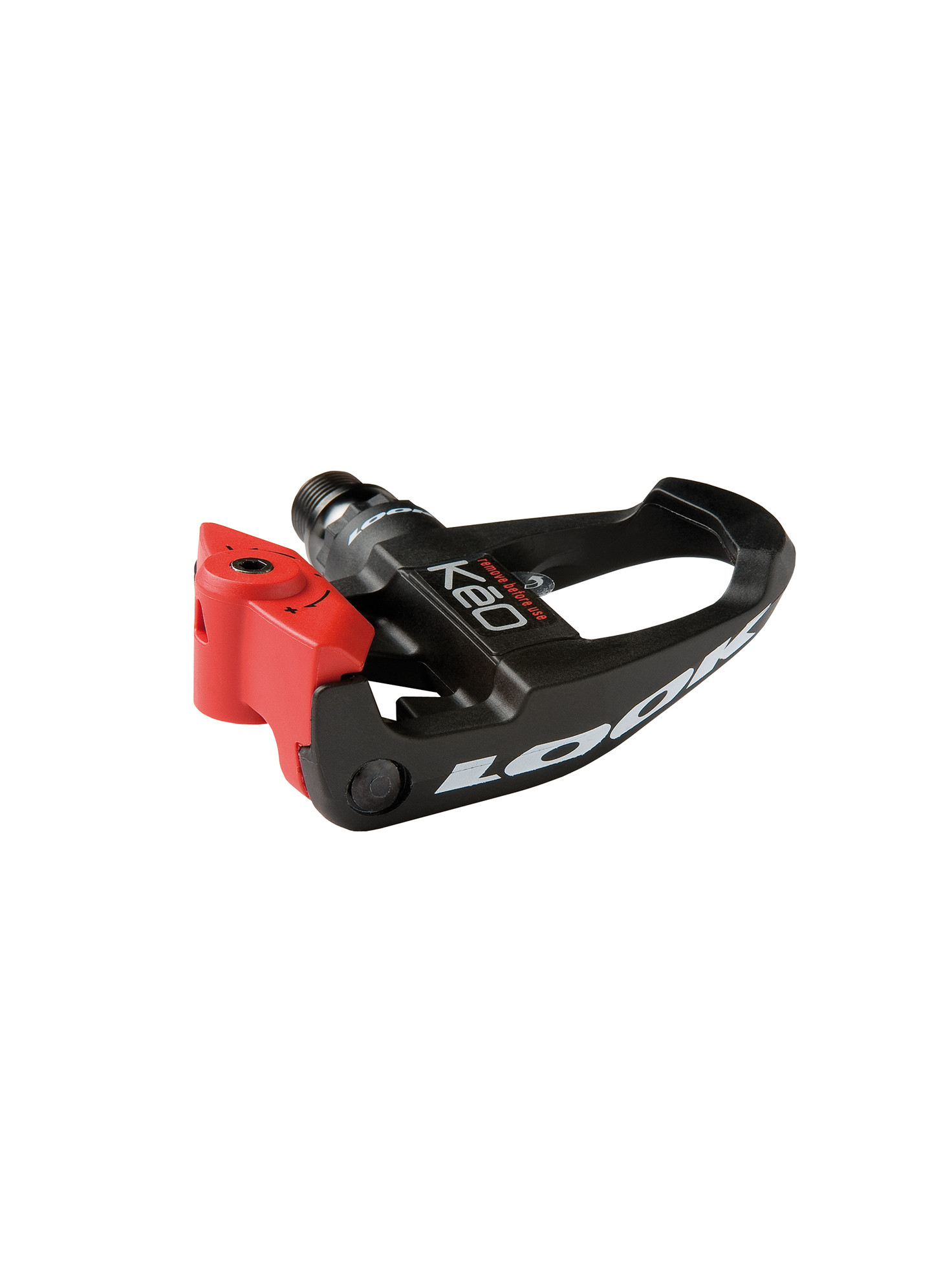
2004
After the buyout in 1998, with investors composed of company employees as well as Dominique BERGIN, Thierry FOURNIER and Jean Claude CHRETIEN, the new KEO pedal is launched. 95 grams of concentrated carbon technology with a brand-new cleat system.
Once again, the greatest champions are equipped with KEO:
- Thor HUSHOVD
- Robbie MCEWEN
- Simon GERRANS
- Cadel EVANS
- Alexandre VINOKOUROV
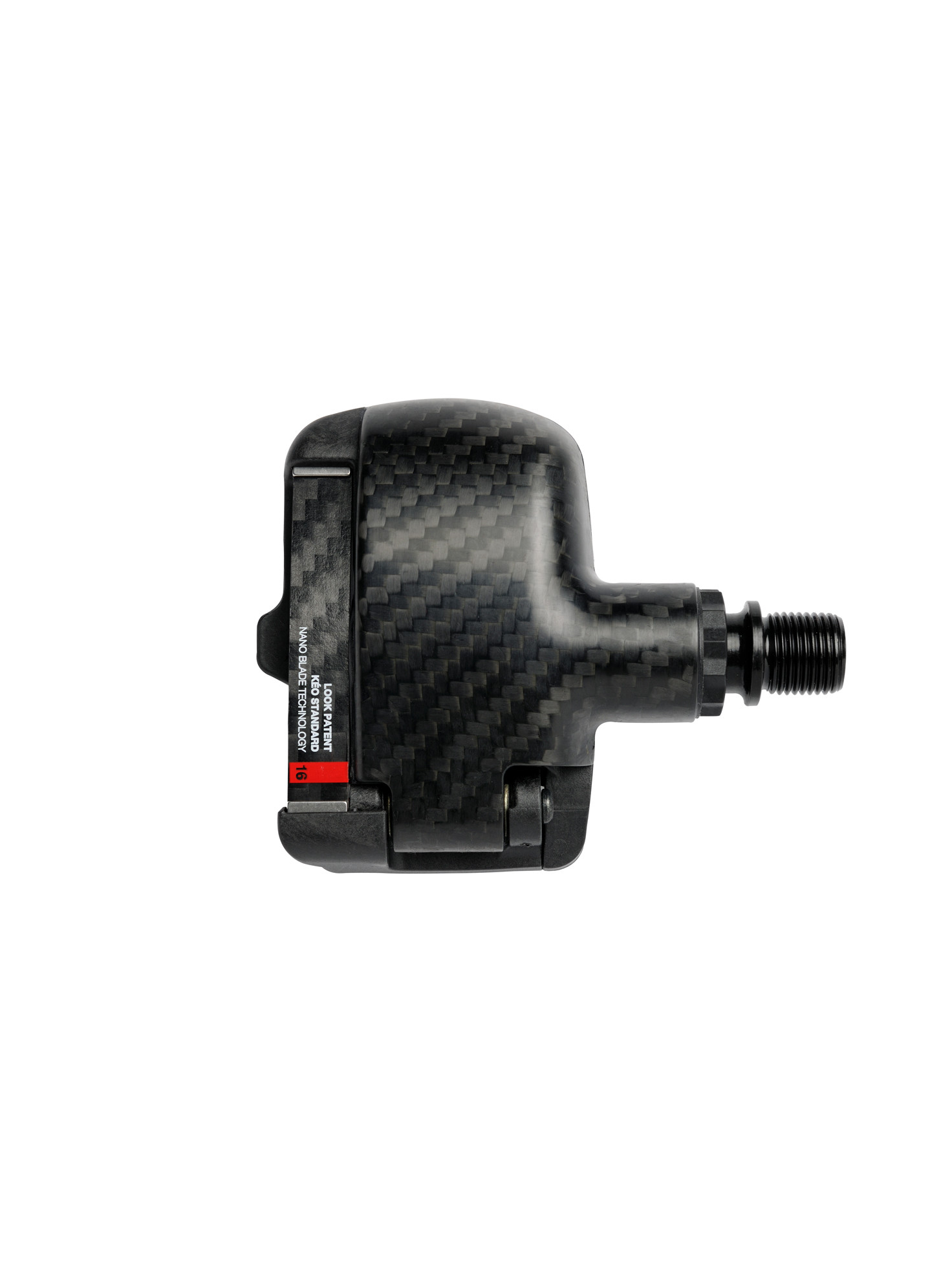
2009-2010
LOOK receives the Trophee INPI for innovation for the second time, recognising its “dynamism in the implementation of an industrial property policy.” Innovation remains the absolute priority for our engineers.
Launch of 2 new pedals:
-
The KEO 2 MAX: Alberto CONTADOR’s pedal, winner of the Tour de France 2009.
-
KEO BLADE, a new revolution for new sensations. The first pedal with a carbon blade, crowned best design at the « IF Design Awards » 2010 (Germany).
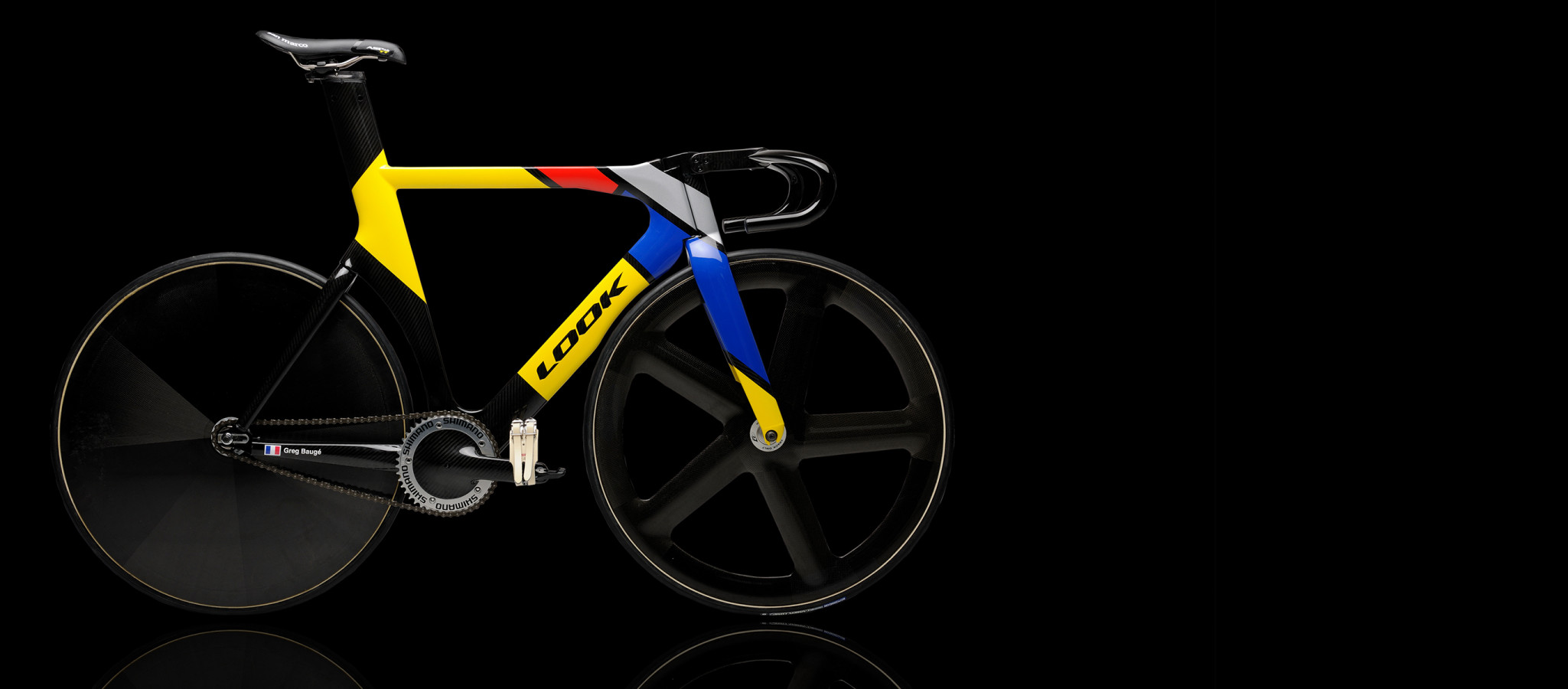
2012
During the Olympic Games in London, LOOK makes the L96 available to track cyclists. It’s optimised aerodynamics and the integration of numerous components specifically designed for the frame (ZED track crankset, stem, handle bars, saddle clamp) make it a formidable weapon.
LOOK leaves the London Olympic and Paralympic games with 13 medals.
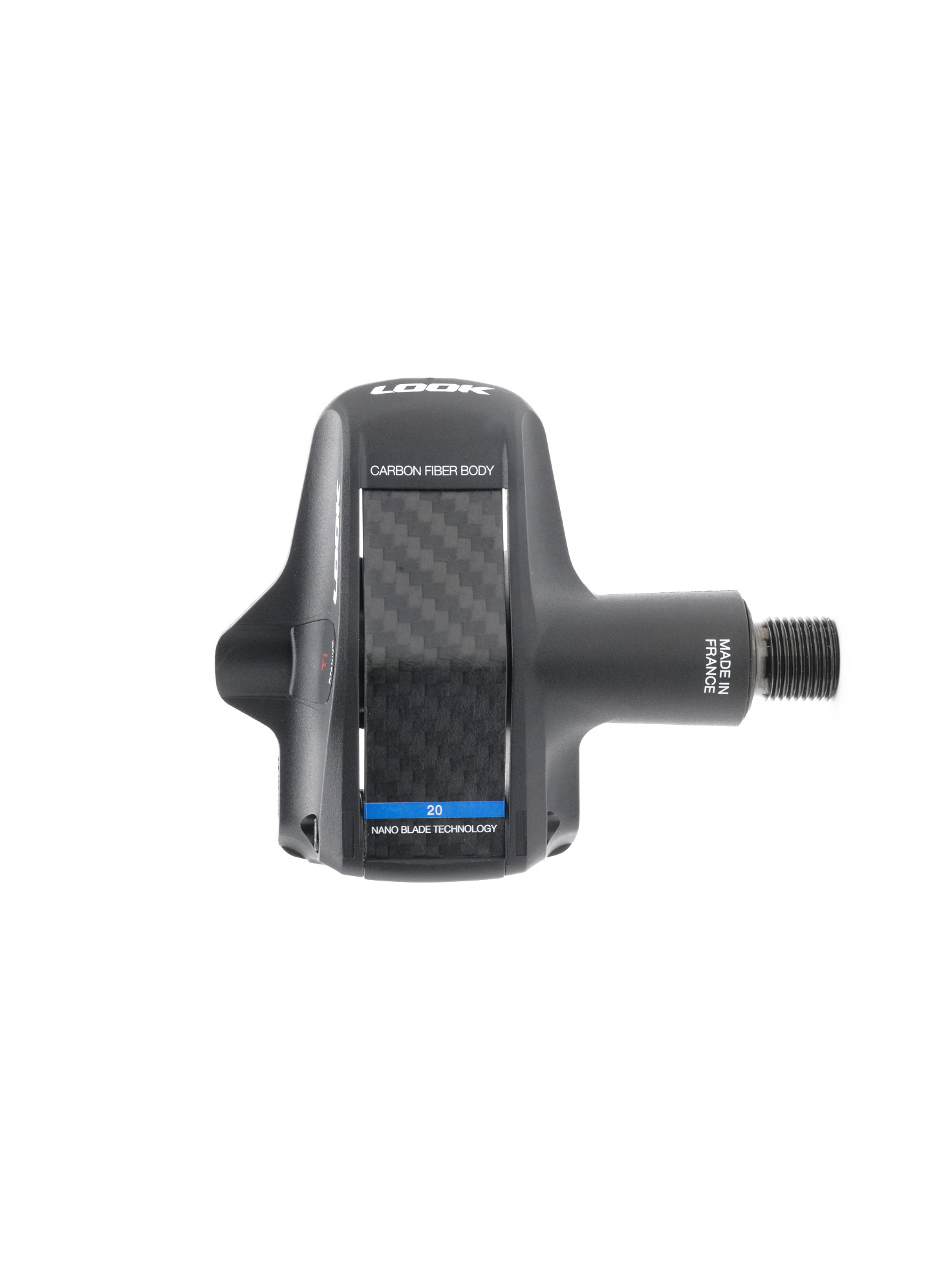
2013
LOOK exceeds the barriers of technology again with the 695 AEROLIGHT: AEROBRAKE, 20% more powerful integrated brakes, new adjustable AERO STEM stem, and carbon material that is 1.5kg lighter. As soon as it is released, it is rewarded with an Eurobike Award.
This is the fruit of long labour by LOOK engineers, aiming to optimise all the parameters that made the success of the KEO BLADE CARBON. The new design perfectly integrates the carbon blade in the heart of the pedal to give rise to a pedal with the most aerodynamic profile ever created. With its new contact surface increased by 75%, it is the most powerful and the lightest.
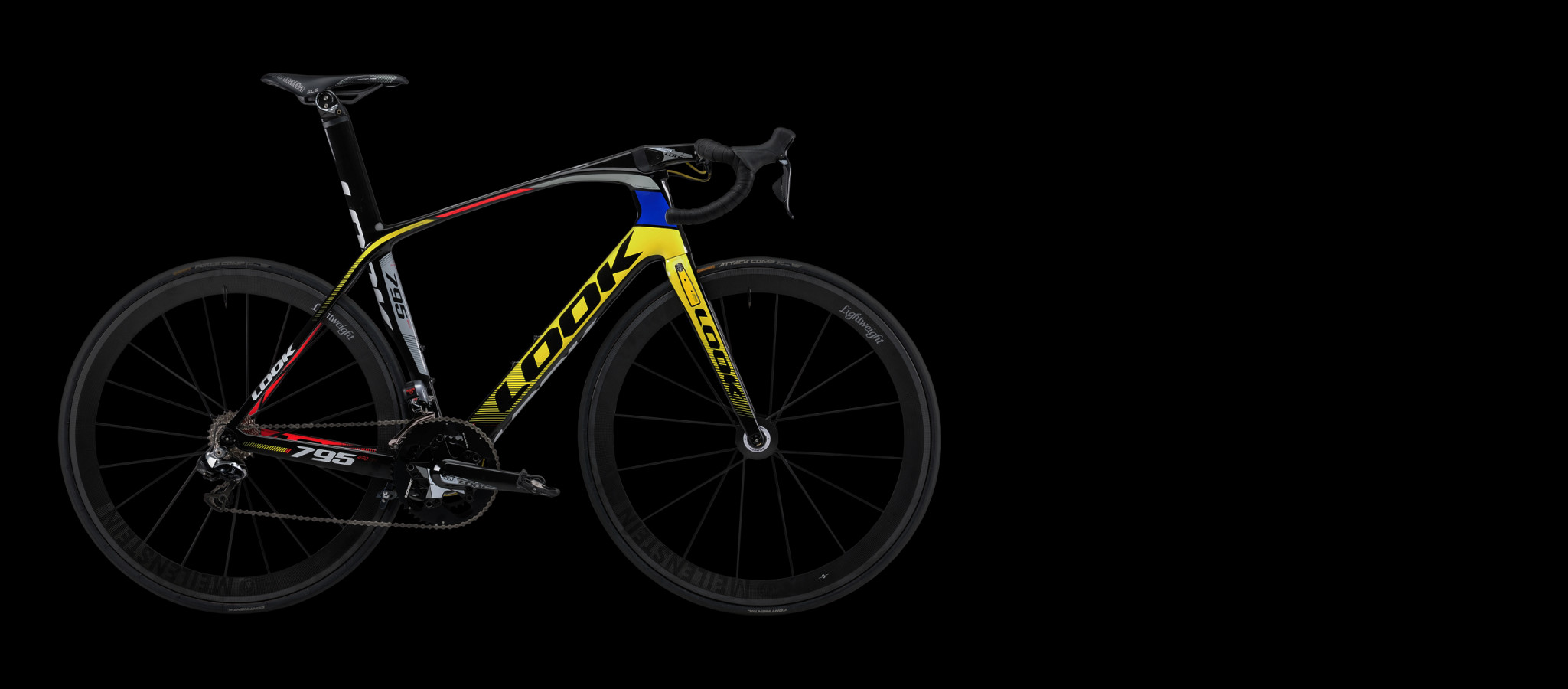
2014
The most aerodynamic road bike ever created is revealed; the culmination of 30 years of expertise in carbon and 10 years of specific research lead by our design office. With its 11 patents, the 795 AEROLIGHT is also the one integrating the most technology:
- Front brakes integrated in the fork (AERO BRAKE 2)
- Integrated carbon stem (AERO STEM)
- Integrated saddle post (E POST 2)
- Monobloc carbon crankset (ZED 3
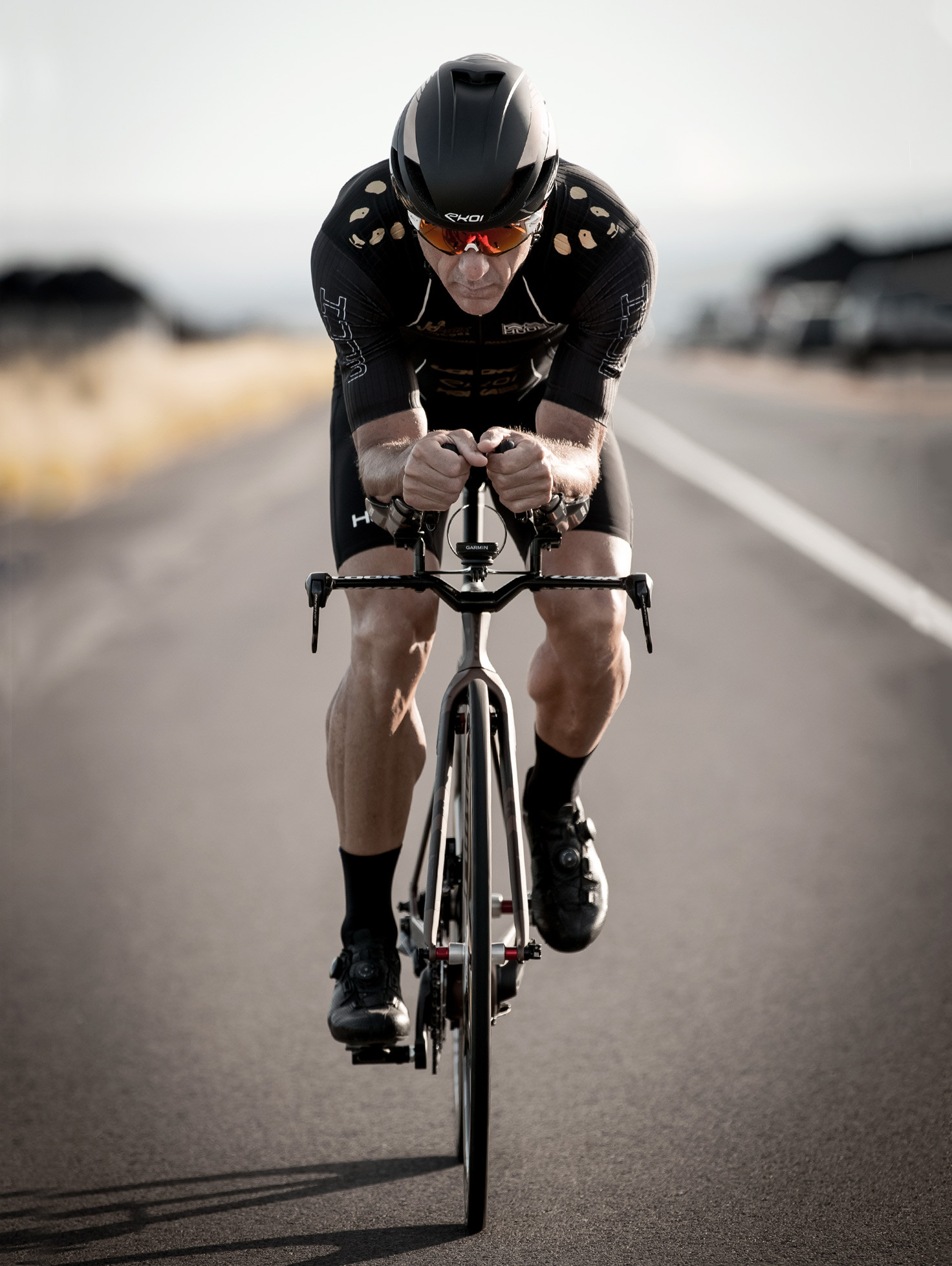
2015
Another technological prowess: with integration pushed to the extreme as well as a breath-taking design, the 796 MONOBLADE becomes the finest and most aerodynamic bike in the world.
It is the first triathlon / time trial bike to possess a fork with an ultrafine steerer tube measuring 19mm, and a head tube of 25mm (minimum authorised by the UCI).
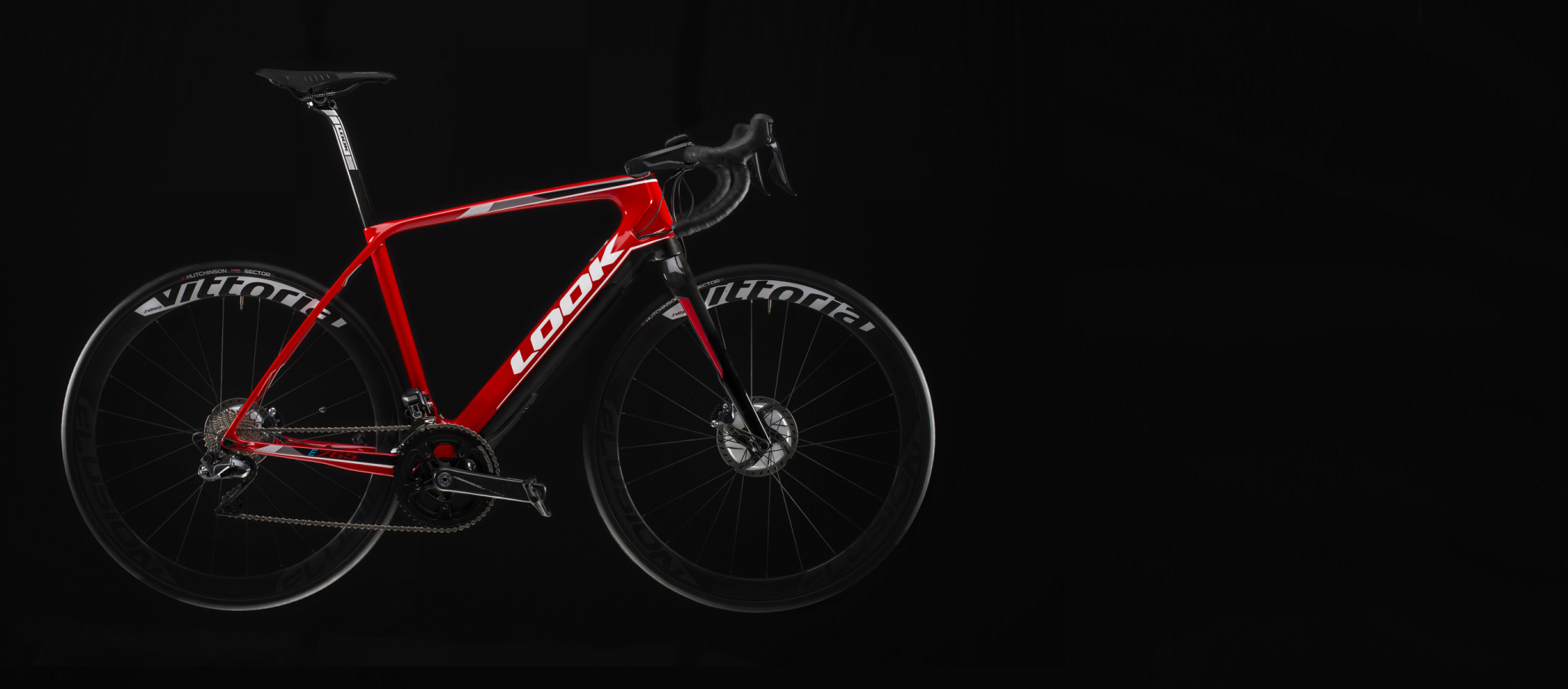
2019
2019 is another breakthrough for the brand. While the world of cycling transforms itself, LOOK unveils its first bike with electrical assistance in collaboration with the company FAZUA. The carbon frame is tailor-made to integrate a battery as well as a motor, without hindering the performance or the design of the bike.